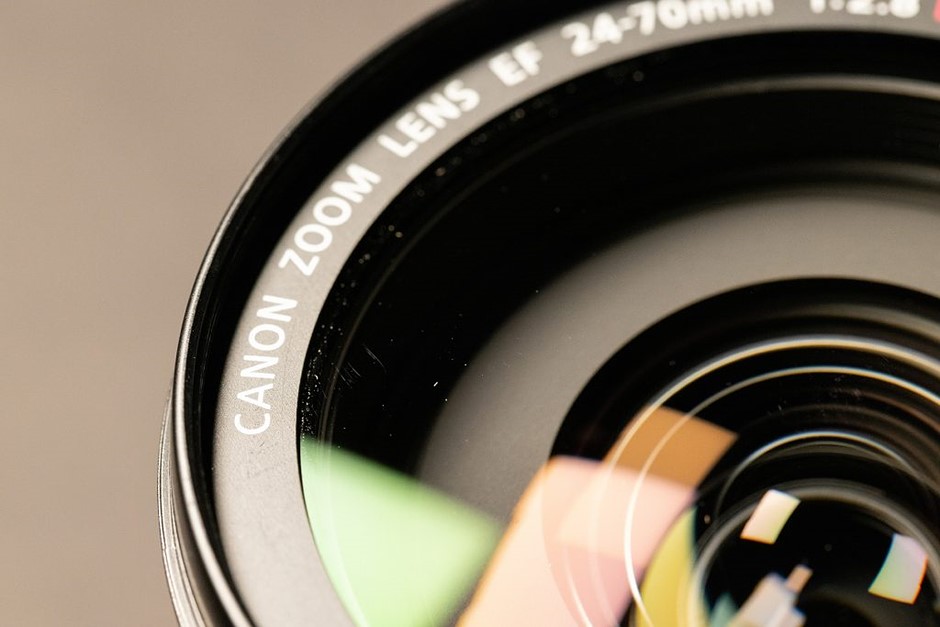
[ad_1]
 |
Many filter makers sell special protective filters for lenses, often called UV filters. Should you use a UV filter on your lens? Part of answering that question depends on what you’re protecting your lens against. The primary concern photographers face is a scratch on the front of your lens. Lensrentals tested out some of its damaged lenses to see how a scratch on the front element affects image quality.
It’s also worth wondering how a UV filter affects image quality. Maybe a scratch makes your lens worse, but so can the filter you use to protect the lens. Lensrentals tested this idea a few years ago. Photographers hesitate to put any additional glass at the front of their expensive lenses because they paid for optimal optical performance. The same reason why some may be motivated to use a UV filter (protecting an expensive lens) could drive others to avoid them (ensuring that your expensive lens operates at its absolute best).
 |
| This Canon EF 24-70mm F2.8 lens has some minor scratches, which you can see near the ‘Canon’ text on the lens. |
Back to scratches. Lensrentals has a massive inventory of lenses, and some are undergoing repairs at any given time. A frequent repair is replacing front elements. It makes sense. Of all the glass in your lens, only the front element is regularly exposed to risk. As we’ve alluded to, there’s a sizable filter market designed to mitigate that risk. After pulling some scratched lenses from the repair department, the main takeaway is that front element scratches ‘reduce the contrast and sharpness of your images.’ Unsurprisingly, the image quality issue is localized almost entirely to the scratch.
Further, the closer to the focal plane, the more noticeable the issue will be. Stopping down the aperture contributes, too. For example, a front element scratch may be impossible to spot at F2.8 but appear as localized haze or blur at F16. When taking typical images, most people would be hard-pressed to tell the difference between a lens with a small scratch and one with a pristine front element. A scratch may be more noticeable when dealing with lens flare.
 |
| This 24-70mm F2.8 lens isn’t scratched. |
 |
| This lens is scratched. Good luck seeing a difference. |
It stands to reason that if your lens has a small scratch on the front element, there’s likely little reason to panic. However, the bigger the scratch, the more noticeable it will be. If your front element is riddled with scratches and you’re unhappy with its impact on your image quality, it’s time to pay for a repair.
If you want to avoid that issue altogether, protective UV filters make sense. Lensrentals itself has flip-flopped on the utility of UV filters over the years but now sends most, if not all, their lenses to customers with UV filters attached. That said, don’t put a cheap, low-quality filter on the front of a high-end lens. As Lensrentals smartly points out, ‘Your optics are only as good as your weakest link, and if you put a $3 UV filter on a $2,000 lens, you can take a guess where that weakest link is.’
To see additional photos showing how front element scratches affect image quality, visit Lensrentals.
All images courtesy of Lensrentals.
[ad_2]
Source link







